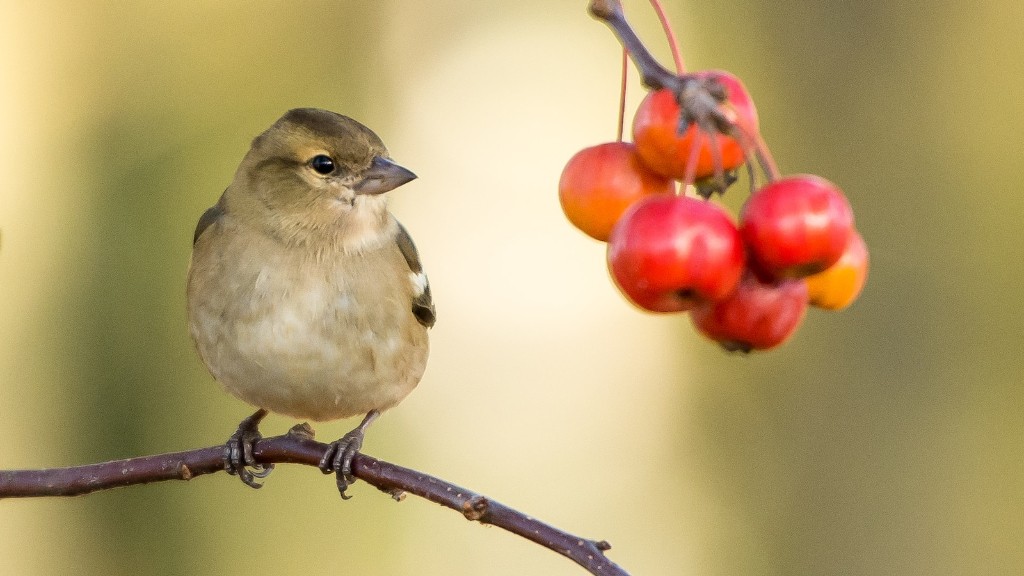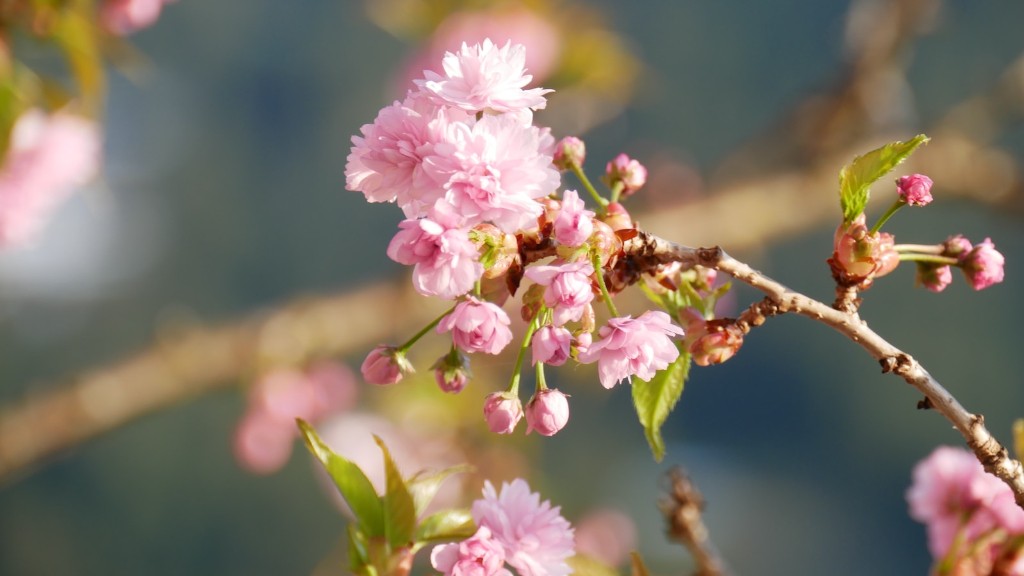Cherries might be among the most beloved fruits on the planet, but there comes a time when every cherry tree needs to be cut back. It’s important to get the timing right, since cutting it too late, or too early, can put the health of the tree in jeopardy.
Many cherry trees are pruned each year to keep it healthy and disease-free, and this is typically done when the cherry tree is dormant, and not while it’s flowering or bears fruit. It’s also important to note that there are different varieties of cherry trees, and the optimal time to prune each type of tree is slightly different.
According to University of California’s Fruit and Nut Research and Information Center, the best time to prune a cherry tree is in winter, from November to early March, depending on the climate and the region you’re in. Pruning too late or too early can not only damage the tree’s health, it can also lead to reduced or no fruit the following season.
The general recommendation is to cut back the cherry tree’s main branches to provide enough light to the inside of the tree, but also to keep the tree in such a shape that harvesting the fruit is easier and convenient. Additionally, by cutting back some of the branches you’re also able to create a stronger canopy and a better fruit set.
When pruning, the aim should always be to remove the damaged and dead branches and those that are competing for resources. This means that you should keep any branches that are pointing outward, and prune the ones that are inward facing. In addition, it’s recommended to prune around 15% of new growth each year, to allow light and air to reach the inner growth, as well as to eliminate overload of fruit. This in turn helps reduce the risk of disease and pests, as well as allows the tree to direct its energy towards growing healthy fruit.
When pruning, it’s important to work carefully, taking into account the size of the branch and the angle where it’s growing, to make sure the cut encourages new growth and doesn’t attract disease or pests. Additionally, using the right tools is essential; it’s important to make sure they’re clean and sharp, and that only the minimal amount of tissue is damaged.
When to prune different varieties of cherry trees
Most varieties of cherry trees typically follow the same guidelines for pruning as outlined above; however, some varieties can be more tolerant of pruning and may respond better to pruning after spring has started.
One of the most common cherry varieties is the sweet cherry, and these trees should generally be pruned in the winter, before new growth appears. Interestingly, this variety is also one of the most fragile, so it’s important to only prune when necessary. The sour cherry, on the other hand, can tolerate pruning even after new growth appears, as long as it’s done before the flowering season.
When it comes to okame cherry, it’s best to prune these trees right after the flowering season and during the summer, but before the new growth appears. Since this variety drops its leaves in the fall and often experiences considerable dieback, pruning should take place when the tree’s braches are easily seen. On the contrary, yoshino cherry should be pruned in the winter and shouldn’t require much pruning.
Preparing the Tree for Pruning
Pruning shouldn’t be done on a whim; before starting, it’s important to prepare the tree properly and make a plan. Get rid of any dead or diseased branches and examine the tree to determine which branches need to be pruned. Step back from time to time to get an idea of how the tree looks as a whole.
It’s also important to look at the tree’s current growth pattern in order to make a prediction of where each branch is going and if it will interfere with the tree’s development. Additionally, the tree should be thoroughly inspected for wildlife, since cutting into the bark can unintentionally cause harm to any creatures that might have taken refuge there.
Another important aspect is the equipment that will be used; sharp and clean tools should be used to reduce the damage to the branches and prevent the spread of disease. Typically, it’s recommended to use a pruning saw or a pruning shears, but loppers can also be useful when cutting thicker branches.
Taking Care of the Tree After Pruning
Once the tree has been pruned, it’s important to clean the tools and apply a sealant to prevent bacteria and fungus from growing in the wounds. It’s also a good idea to apply a fertilizer to the soil, since pruning can be quite stressful for the tree and it needs extra nourishment to restore its strength.
It’s also recommended to watch your cherry tree carefully in the weeks after pruning, since disease or pests can be hard to detect. In addition, pruned trees are particularly vulnerable to cold temperatures and can suffer damage if unexpected cold weather hits.
Watering and Mulching After Pruning
Finally, after pruning your cherry tree, it’s important to water and mulch it properly in order to give it the best chance of growing strong and healthy. Watering helps the tree regain the moisture it needs and mulching helps protect the tree from excessive heat or cold and keeps the soil from drying out.
Watering should take place in the early morning, in order to prevent certain diseases such as fungal infections. Additionally, water should be poured in a circular pattern, at least three feet away from the trunk to encourage the roots to grow deep into the soil.
Mulching should be done immediately so the soil can stay moist, but not wet. Ideally, between four to six inches of mulch is enough, with organic mulches such as wood chips, pine needles, straw or grass clippings being the most efficient and beneficial. When mulching, it’s important to make sure the mulch is spread in a thin layer and kept away from the trunk.
Dormant Pruning
A relatively new method that has been gaining popularity when it comes to cherry tree pruning is dormant pruning. This type of pruning requires that the tree first be placed under a chemical dormancy, and according to research conducted by Japanese researchers, this type of pruning has been shown to be quite beneficial for cherry trees, since it encourages early bud break and proper and uniform blossom formation.
This method is also seen to be more efficient, as it results in reduced pruning damage and a significant reduction in tree decline and fruiting failure. Additionally, it can also be beneficial for the soil, since it helps reduce the need for chemical fertilizers, pesticides, and herbicides.
Conclusion
It’s clear that pruning cherry trees correctly is key to a healthy and bountiful harvest. Depending on the variety and climate, cherry trees should typically be pruned in the winter or early spring, while taking into account the size and direction of the branch, and making sure to use the right tools and techniques to ensure minimal damage. Additionally, preparing the tree, taking care of the tree after pruning, and watering and mulching after pruning can help give the tree the best chance of success.




